Home>Furniture & Design>Interior Design Trends>How Many Calories Is A Glass Of White Zin?
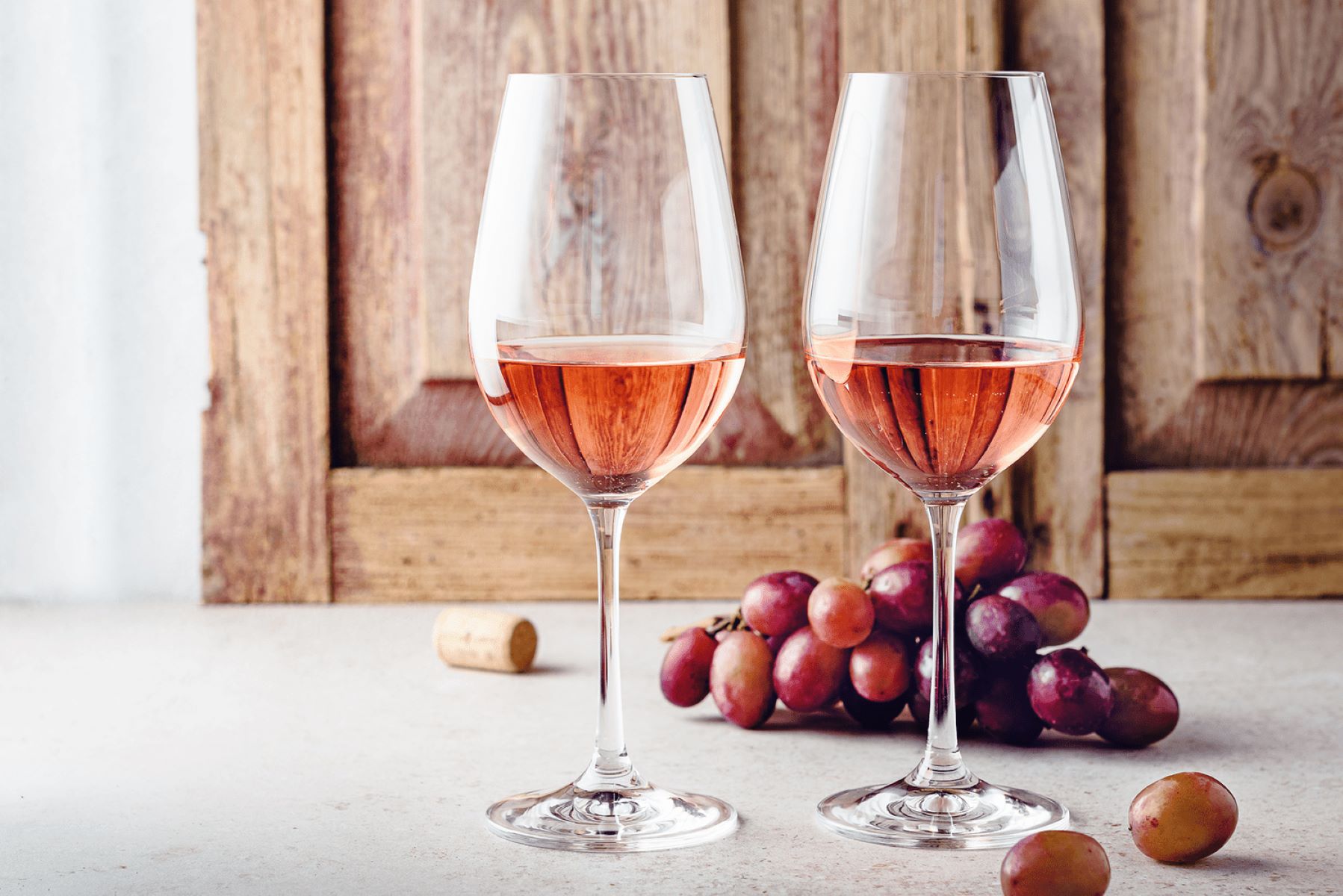

Interior Design Trends
How Many Calories Is A Glass Of White Zin?
Published: February 5, 2024
Discover the latest interior design trends and learn how to incorporate them into your space. Explore expert tips and ideas for creating a stylish and functional home.
(Many of the links in this article redirect to a specific reviewed product. Your purchase of these products through affiliate links helps to generate commission for Storables.com, at no extra cost. Learn more)
Introduction
White Zinfandel, often celebrated for its refreshing sweetness and vibrant pink hue, has secured its place as a beloved choice among wine enthusiasts. As the popularity of this varietal continues to soar, it's natural for individuals to wonder about its caloric content. Whether you're savoring a glass during a leisurely evening or considering its impact on your dietary goals, understanding the caloric implications of White Zinfandel is essential.
In this comprehensive exploration, we will delve into the caloric content of White Zinfandel, shedding light on the factors that influence its calorie count. Additionally, we will consider the broader implications for health and wellness, providing valuable insights for those seeking a balanced approach to enjoying this delightful wine.
Join us as we embark on a journey to uncover the mysteries of White Zinfandel's caloric content, empowering you to make informed choices while savoring every sip.
Key Takeaways:
- White Zinfandel contains approximately 120-130 calories per 5-ounce serving, making it a moderate choice. Its sweetness and alcohol content contribute to its caloric density, so enjoy it mindfully!
- When enjoying White Zinfandel, remember to drink in moderation and consider your health. Its delightful sweetness and vibrant character can be savored while prioritizing overall well-being.
Understanding White Zinfandel
White Zinfandel, a delightful and versatile wine, is renowned for its luscious sweetness and captivating pink color. Contrary to popular belief, White Zinfandel is not a distinct grape variety; rather, it is crafted from the red Zinfandel grape. The winemaking process involves minimal contact between the grape skins and the juice, resulting in its signature light hue and delicate flavor profile.
This varietal is celebrated for its approachable and fruit-forward characteristics, often exuding notes of ripe berries, watermelon, and floral undertones. Its inherent sweetness, balanced by a refreshing acidity, makes it an ideal choice for those seeking a lighter and more playful wine experience.
White Zinfandel's versatility extends beyond its flavor profile, as it pairs exquisitely with an array of dishes. From spicy Thai cuisine to classic barbecue fare, its inherent sweetness can complement a wide spectrum of flavors, making it a popular choice for diverse dining occasions.
In terms of alcohol content, White Zinfandel typically falls within the range of 9-11% ABV (alcohol by volume), positioning it as a moderate option for those seeking a lighter wine experience. This moderate alcohol level, coupled with its refreshing sweetness, contributes to its widespread appeal among casual wine enthusiasts and connoisseurs alike.
Whether enjoyed on a warm summer afternoon or as an accompaniment to a festive gathering, White Zinfandel embodies a sense of conviviality and charm. Its accessible nature and vibrant personality make it a perennial favorite, inviting individuals to savor its delightful nuances and embrace its inherent joie de vivre.
As we continue our exploration of White Zinfandel, we will delve deeper into its caloric content, unraveling the intricacies that define its nutritional profile and shedding light on the factors that influence its caloric composition. Let's embark on this enlightening journey to gain a comprehensive understanding of the caloric implications of this beloved wine.
Caloric Content of White Zinfandel
When it comes to understanding the caloric content of White Zinfandel, it's essential to consider the nutritional aspects that define this beloved wine. A standard serving size of White Zinfandel, which is typically 5 ounces or 150 milliliters, contains approximately 120-130 calories. This caloric range positions White Zinfandel as a moderate choice within the spectrum of wine offerings.
The caloric content of White Zinfandel primarily stems from its alcohol and residual sugar content. As with all wines, the fermentation process plays a pivotal role in determining its caloric implications. The alcohol content of White Zinfandel, which typically ranges from 9-11% ABV, contributes to its caloric density. Alcohol, being a concentrated source of energy, accounts for a significant portion of the overall caloric content of the wine.
In addition to alcohol, the residual sugar content of White Zinfandel also influences its caloric composition. White Zinfandel is celebrated for its inherent sweetness, which is attributed to the presence of residual sugars in the wine. While the exact residual sugar levels can vary among different producers and vintages, the perceptible sweetness of White Zinfandel contributes to its overall caloric content.
It's important to note that the caloric content of White Zinfandel aligns with general guidelines for wine consumption. The Dietary Guidelines for Americans recommend moderate alcohol consumption, which translates to up to one drink per day for women and up to two drinks per day for men. Understanding the caloric implications of White Zinfandel enables individuals to make informed choices while savoring this delightful wine in a balanced and mindful manner.
As we navigate the realm of White Zinfandel's caloric content, it's evident that its moderate caloric density aligns with its status as a versatile and approachable wine. By gaining insights into its caloric implications, individuals can appreciate the delightful nuances of White Zinfandel while maintaining a balanced approach to their dietary and wellness goals.
A 5 oz glass of white Zinfandel wine typically contains around 120-130 calories. Be mindful of portion sizes to manage calorie intake.
Factors Affecting Caloric Content
The caloric content of White Zinfandel is influenced by several key factors that define its nutritional profile and contribute to its overall energy density. Understanding these factors provides valuable insights into the caloric implications of this beloved wine, empowering individuals to make informed choices while savoring its delightful nuances.
-
Alcohol Content: The alcohol by volume (ABV) of White Zinfandel plays a significant role in determining its caloric density. Alcohol, being a concentrated source of energy, contributes to the overall caloric content of the wine. White Zinfandel typically falls within the range of 9-11% ABV, positioning it as a moderate option in terms of alcohol content. As such, the alcohol component significantly influences the caloric composition of White Zinfandel, reflecting its status as a delightful yet moderate choice within the spectrum of wine offerings.
-
Residual Sugar Levels: The residual sugar content of White Zinfandel is another pivotal factor affecting its caloric content. This varietal is celebrated for its inherent sweetness, which is attributed to the presence of residual sugars in the wine. The perceptible sweetness of White Zinfandel contributes to its overall caloric density, as residual sugars are a source of energy. While the exact residual sugar levels can vary among different producers and vintages, the interplay between sweetness and caloric content defines the distinctive character of White Zinfandel.
-
Serving Size: The standard serving size of White Zinfandel, typically 5 ounces or 150 milliliters, directly impacts its caloric implications. By adhering to recommended serving sizes, individuals can manage their caloric intake while enjoying this delightful wine. Understanding the relationship between serving size and caloric content is essential for maintaining a balanced approach to wine consumption, aligning with broader dietary and wellness goals.
-
Winemaking Techniques: The winemaking process, including factors such as fermentation and aging, can influence the caloric content of White Zinfandel. While the fundamental principles of winemaking apply to all varietals, the specific techniques employed in crafting White Zinfandel contribute to its unique caloric profile. From the duration of fermentation to the handling of residual sugars, winemaking techniques play a nuanced role in shaping the caloric implications of this beloved wine.
By considering these factors that affect the caloric content of White Zinfandel, individuals can gain a comprehensive understanding of its nutritional profile and make informed choices while embracing the delightful experience it offers. This insight empowers wine enthusiasts to savor the captivating nuances of White Zinfandel while maintaining a mindful and balanced approach to their dietary and wellness endeavors.
Health Considerations
When contemplating the caloric content of White Zinfandel, it's crucial to consider the broader health implications associated with its consumption. While the moderate caloric density of this delightful wine aligns with balanced dietary choices, it's essential to approach its enjoyment with mindfulness and awareness of individual health considerations.
The consumption of White Zinfandel, like all alcoholic beverages, should be approached with moderation and consideration for personal health and wellness goals. The Dietary Guidelines for Americans recommend moderate alcohol consumption, which translates to up to one drink per day for women and up to two drinks per day for men. Adhering to these guidelines fosters a balanced approach to enjoying White Zinfandel while prioritizing overall well-being.
In addition to caloric considerations, it's important to acknowledge the potential impact of alcohol on individual health. While moderate alcohol consumption may have certain cardiovascular benefits, excessive or habitual drinking can pose significant health risks, including liver disease, increased cancer risk, and adverse effects on mental and physical well-being. Therefore, mindful and moderate consumption of White Zinfandel is essential for safeguarding overall health.
Furthermore, individuals with specific health conditions or dietary restrictions should exercise caution when consuming White Zinfandel. Those managing conditions such as diabetes or adhering to low-sugar diets should be mindful of the wine's residual sugar content. Additionally, individuals with alcohol sensitivities or those taking medications that interact with alcohol should consult with healthcare professionals to assess the compatibility of White Zinfandel with their individual health circumstances.
Embracing a holistic approach to health and wellness involves considering the nutritional and lifestyle aspects of wine consumption. While White Zinfandel offers delightful sensory experiences, it's essential to integrate its enjoyment into a broader framework of balanced nutrition and mindful living. By cultivating awareness of individual health considerations and making informed choices, individuals can savor the pleasures of White Zinfandel while nurturing their overall well-being.
In summary, the health considerations associated with White Zinfandel underscore the importance of mindful and moderate consumption. By aligning its enjoyment with individual health and wellness goals, individuals can partake in the delightful experience of White Zinfandel while prioritizing their overall well-being. This nuanced approach to wine consumption reflects a harmonious balance between indulgence and health consciousness, enriching the enjoyment of this beloved varietal.
Read more: How Many Calories In A Glass Of White Wine
Conclusion
In conclusion, the exploration of White Zinfandel's caloric content has provided valuable insights into the nutritional profile and broader implications of this beloved wine. By unraveling the factors that influence its caloric composition and considering the health considerations associated with its consumption, individuals can approach the enjoyment of White Zinfandel with mindfulness and awareness.
White Zinfandel, with its moderate caloric density and delightful sweetness, embodies a sense of conviviality and charm. Its approachable nature and vibrant personality make it a perennial favorite, inviting individuals to savor its delightful nuances while maintaining a balanced approach to their dietary and wellness goals.
The caloric content of White Zinfandel, typically ranging from 120-130 calories per standard serving, reflects its status as a moderate choice within the spectrum of wine offerings. The interplay between alcohol content, residual sugar levels, and serving size defines the caloric implications of this delightful wine, empowering individuals to make informed choices while savoring its captivating nuances.
Furthermore, the health considerations associated with White Zinfandel underscore the importance of mindful and moderate consumption. By aligning its enjoyment with individual health and wellness goals, individuals can partake in the delightful experience of White Zinfandel while prioritizing their overall well-being. This nuanced approach to wine consumption reflects a harmonious balance between indulgence and health consciousness, enriching the enjoyment of this beloved varietal.
As we conclude this enlightening journey into the caloric content of White Zinfandel, it's evident that understanding its nutritional profile and health implications empowers individuals to embrace its delightful nuances while nurturing their overall well-being. By integrating mindfulness and awareness into the enjoyment of White Zinfandel, individuals can savor the pleasures of this beloved wine, fostering a holistic approach to wine appreciation and well-being.
In essence, the caloric content of White Zinfandel serves as a gateway to a deeper appreciation of its sensory delights, inviting individuals to savor its luscious sweetness and vibrant character while embracing a balanced and mindful approach to wine enjoyment. This holistic perspective enriches the experience of White Zinfandel, elevating it beyond a mere libation to a source of joy, conviviality, and well-being.
Frequently Asked Questions about How Many Calories Is A Glass Of White Zin?
Was this page helpful?
At Storables.com, we guarantee accurate and reliable information. Our content, validated by Expert Board Contributors, is crafted following stringent Editorial Policies. We're committed to providing you with well-researched, expert-backed insights for all your informational needs.
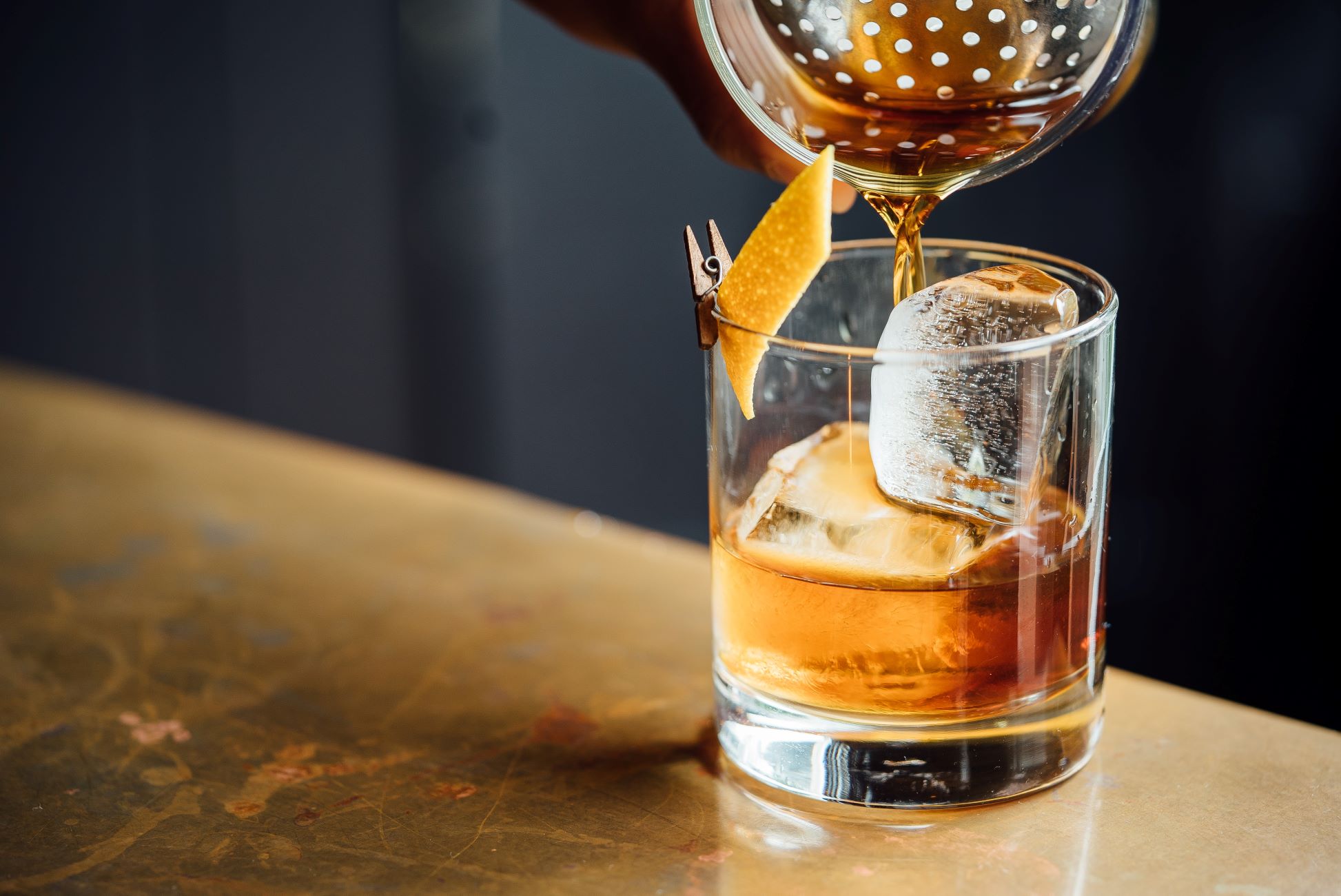
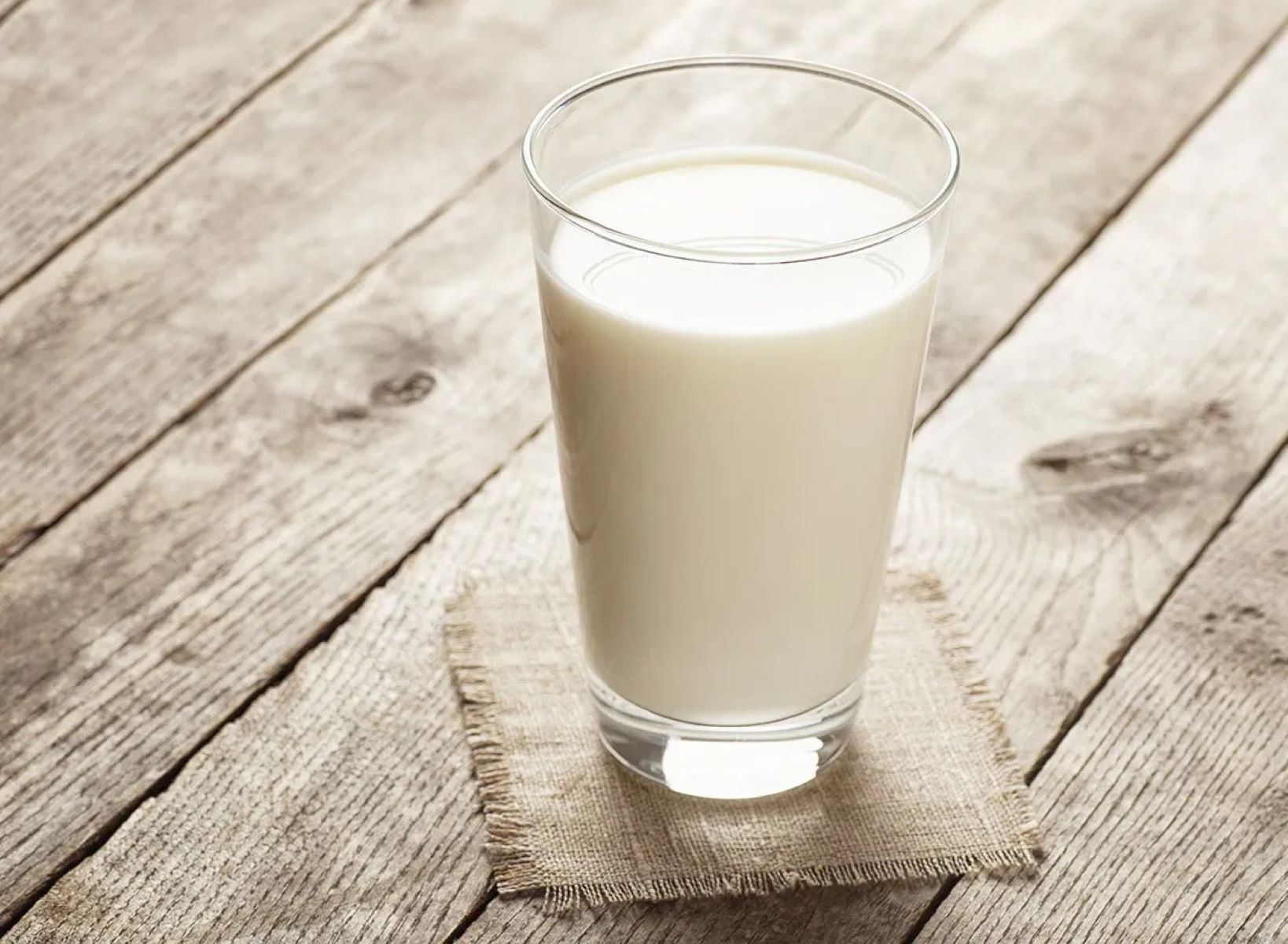
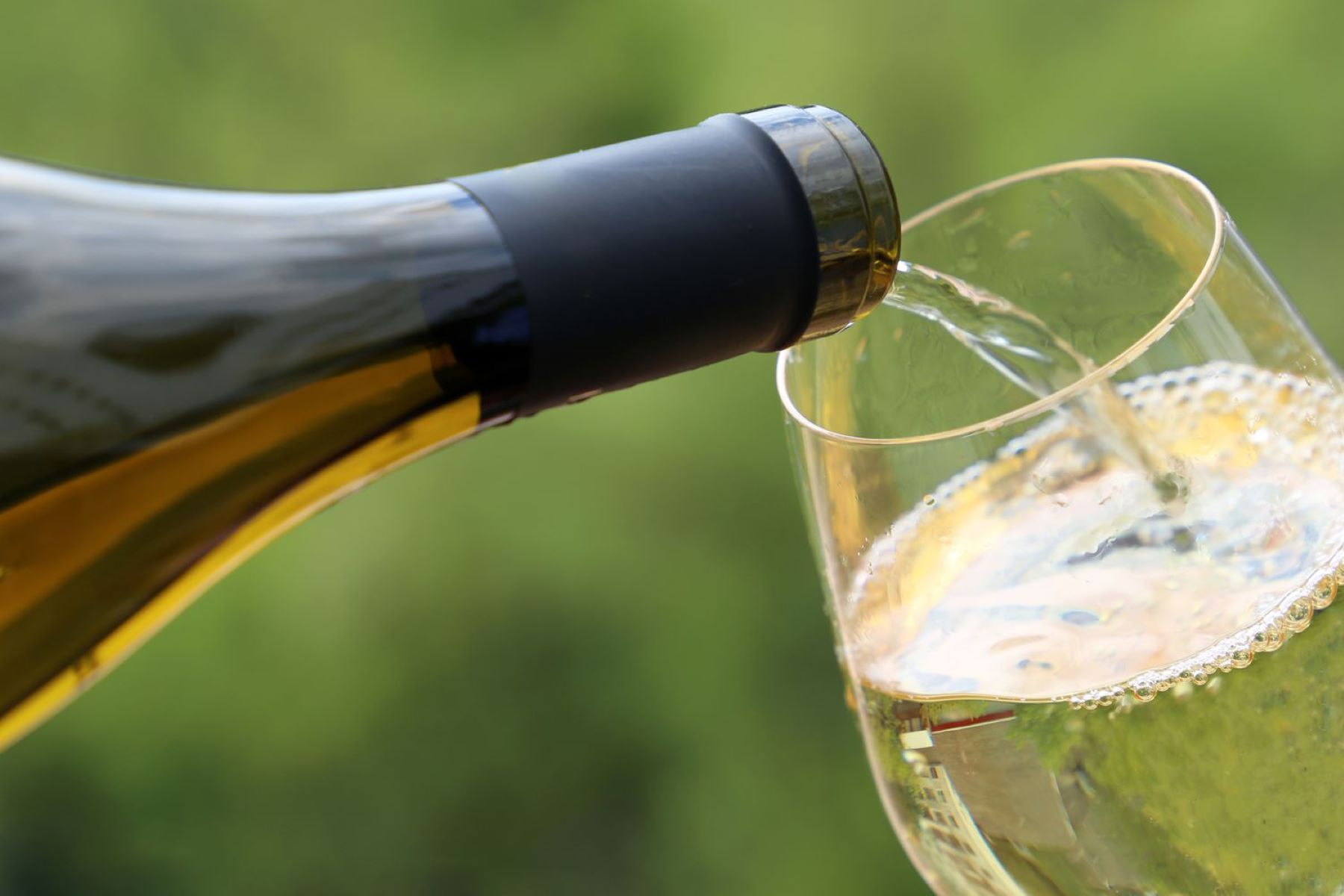

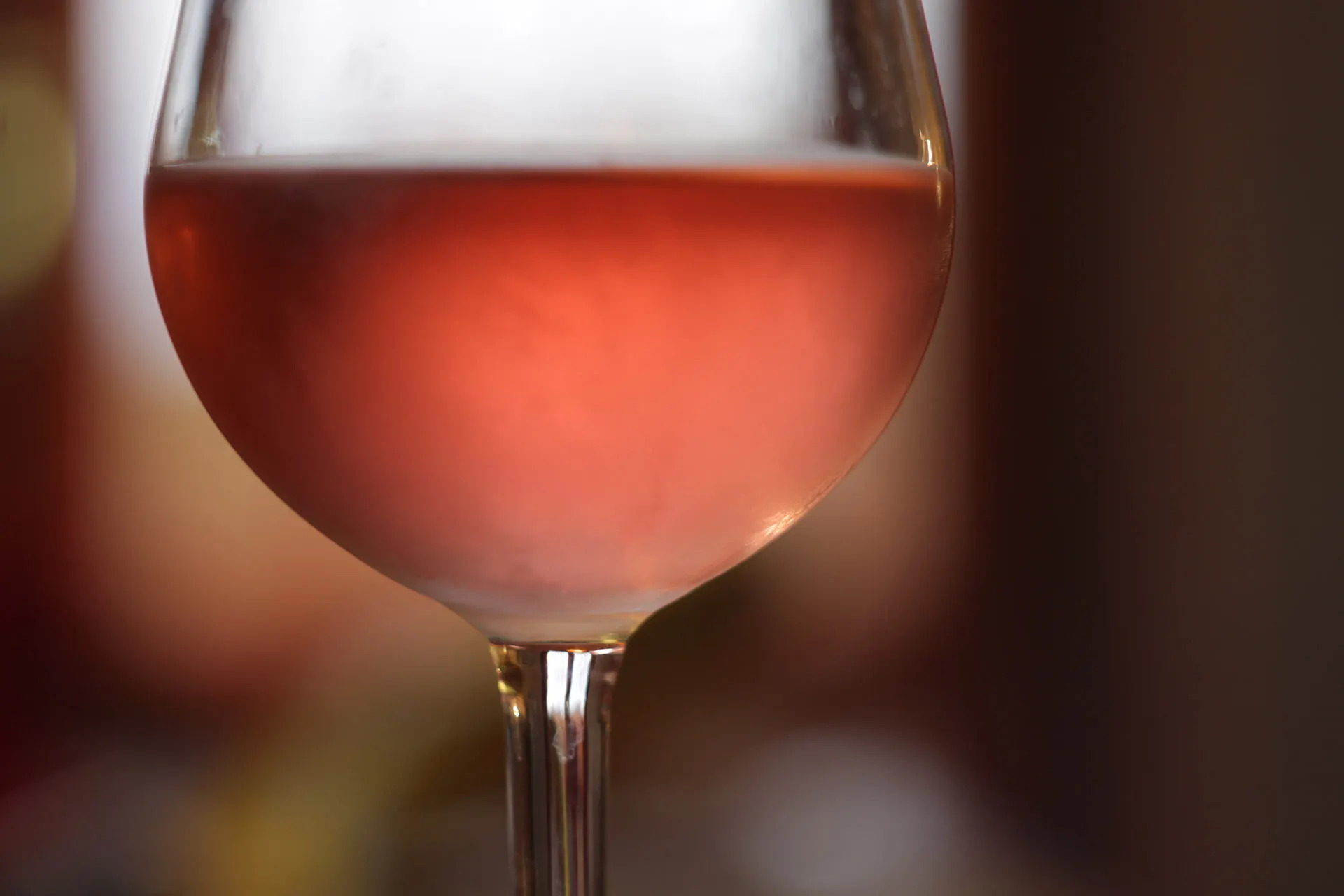

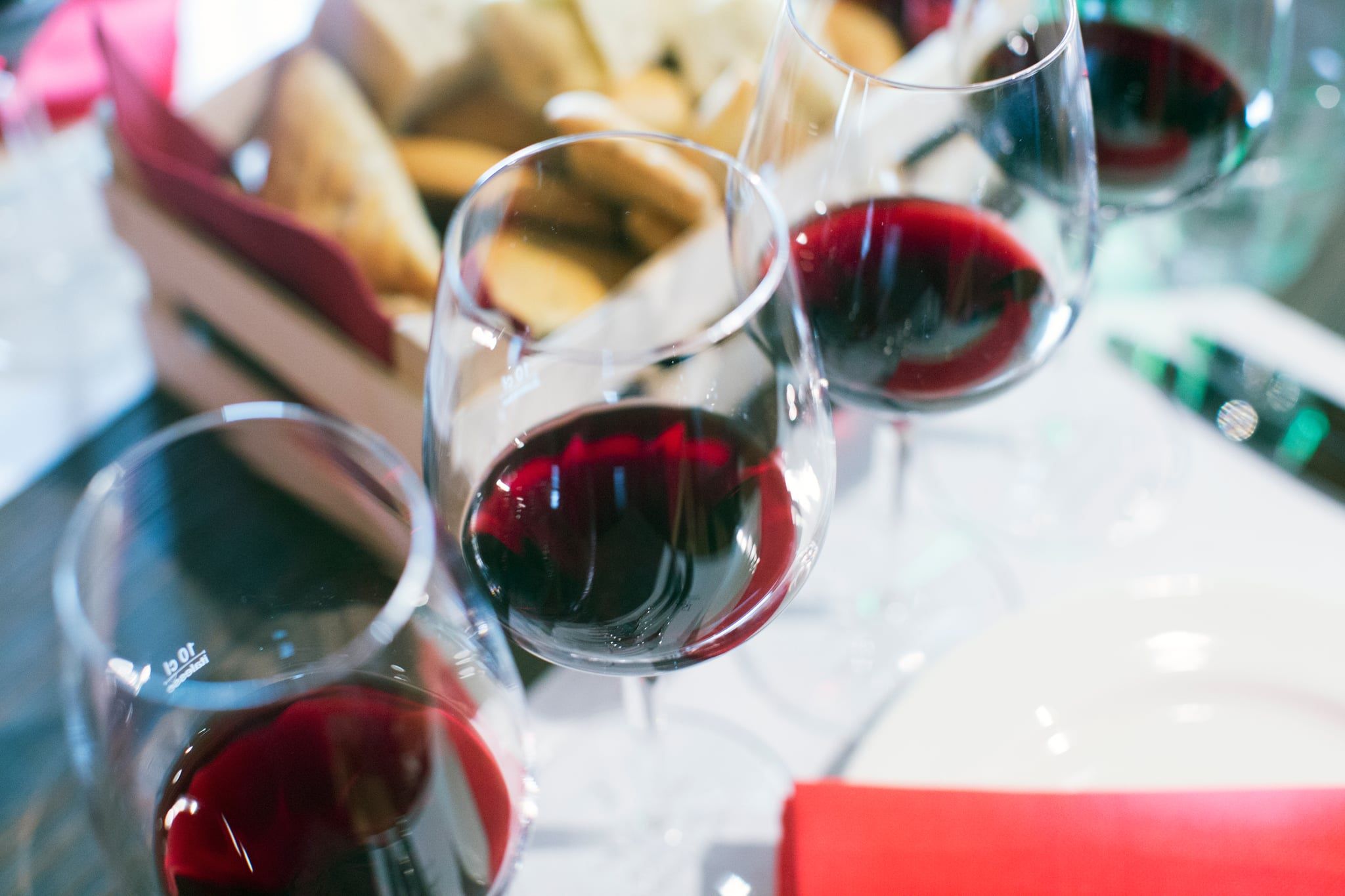
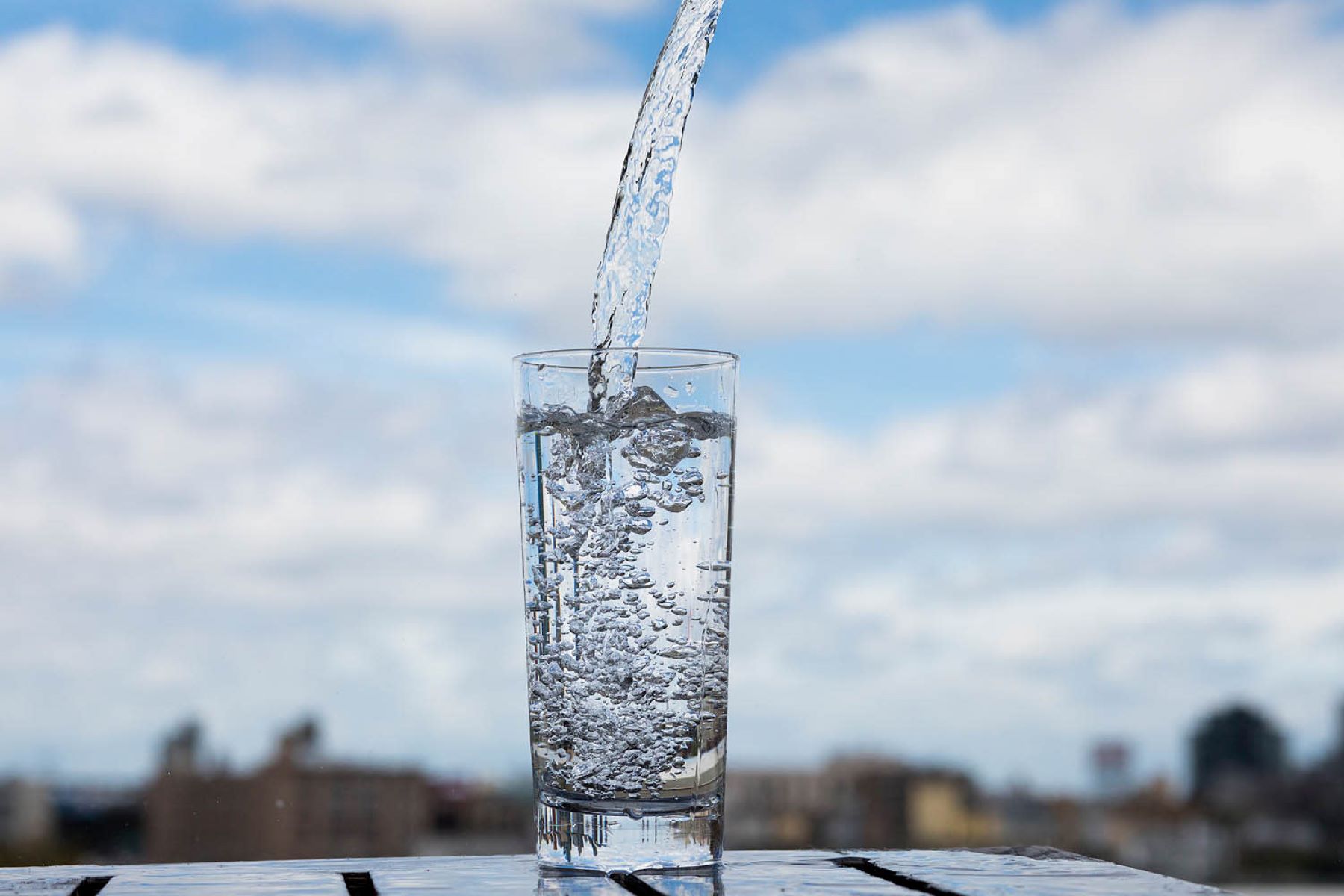

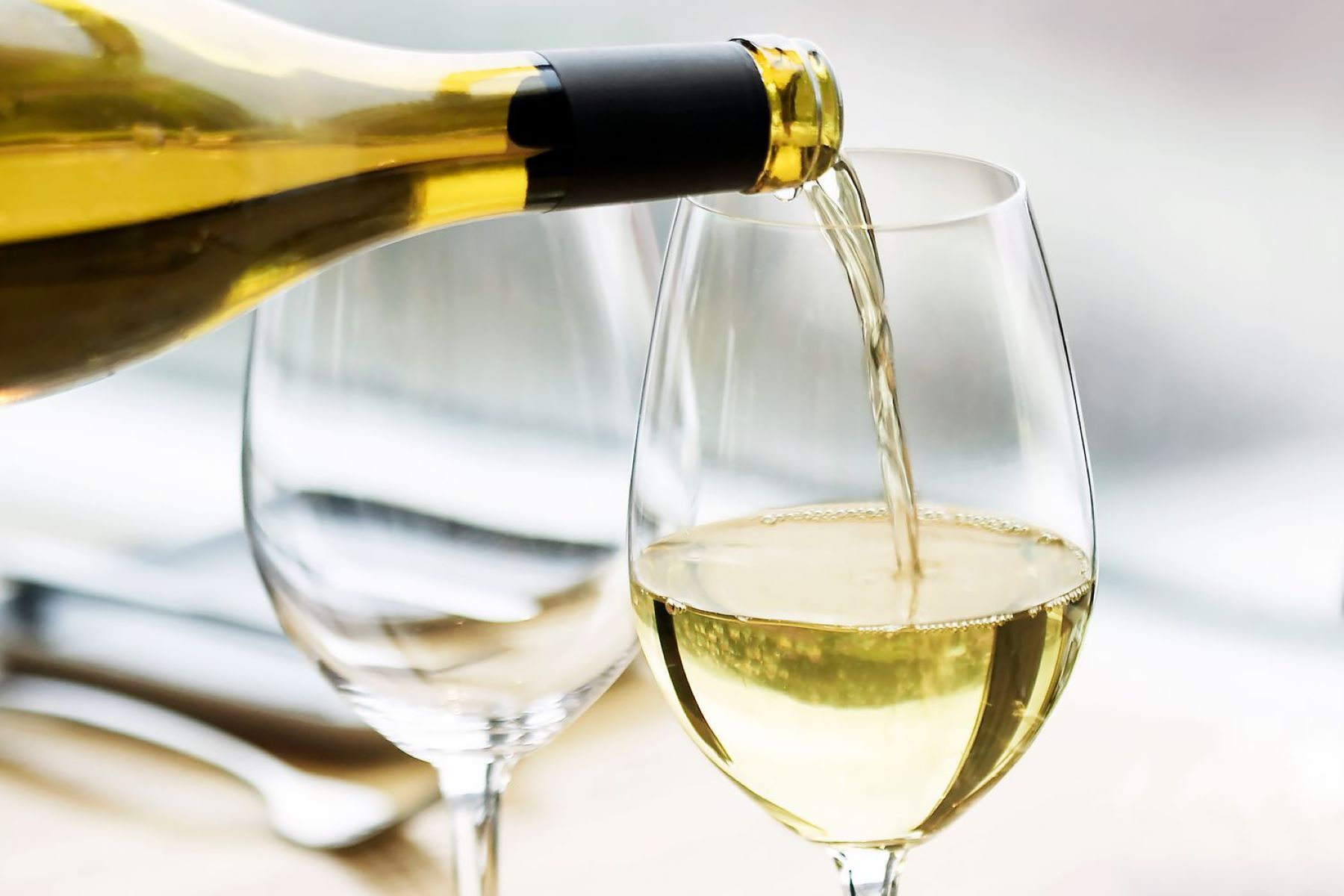

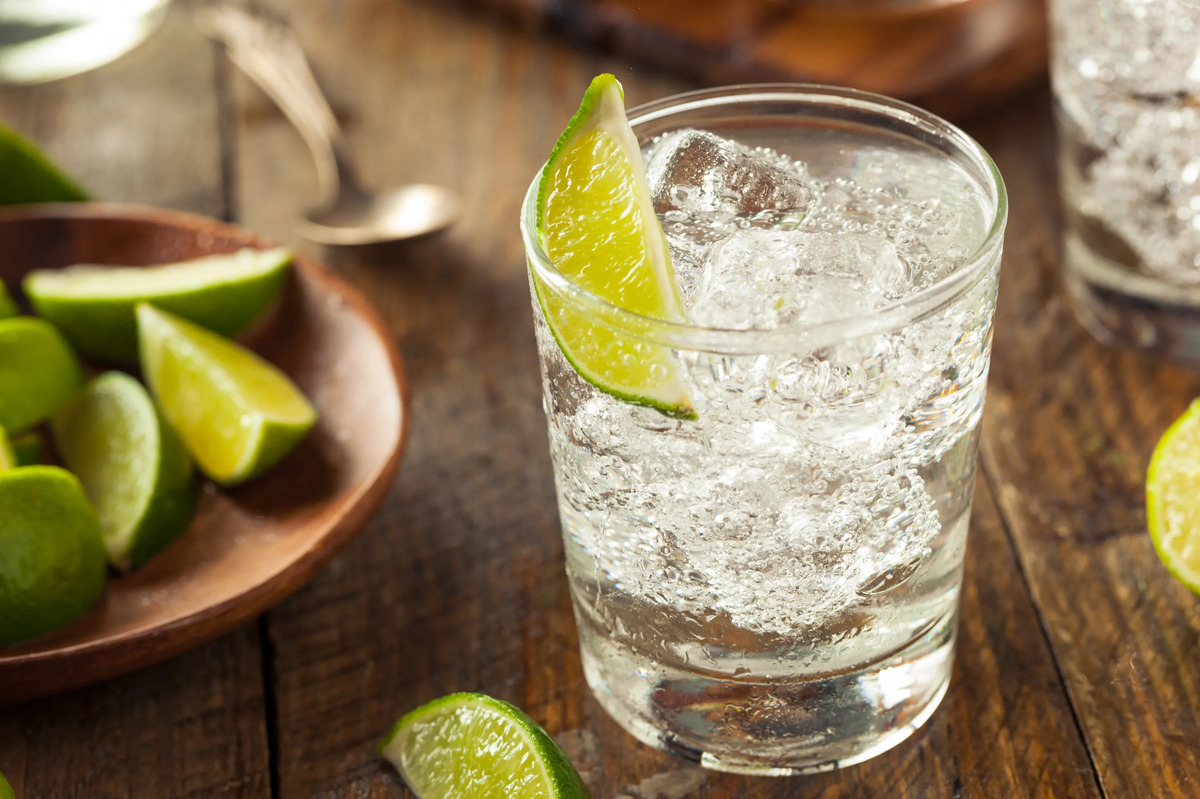
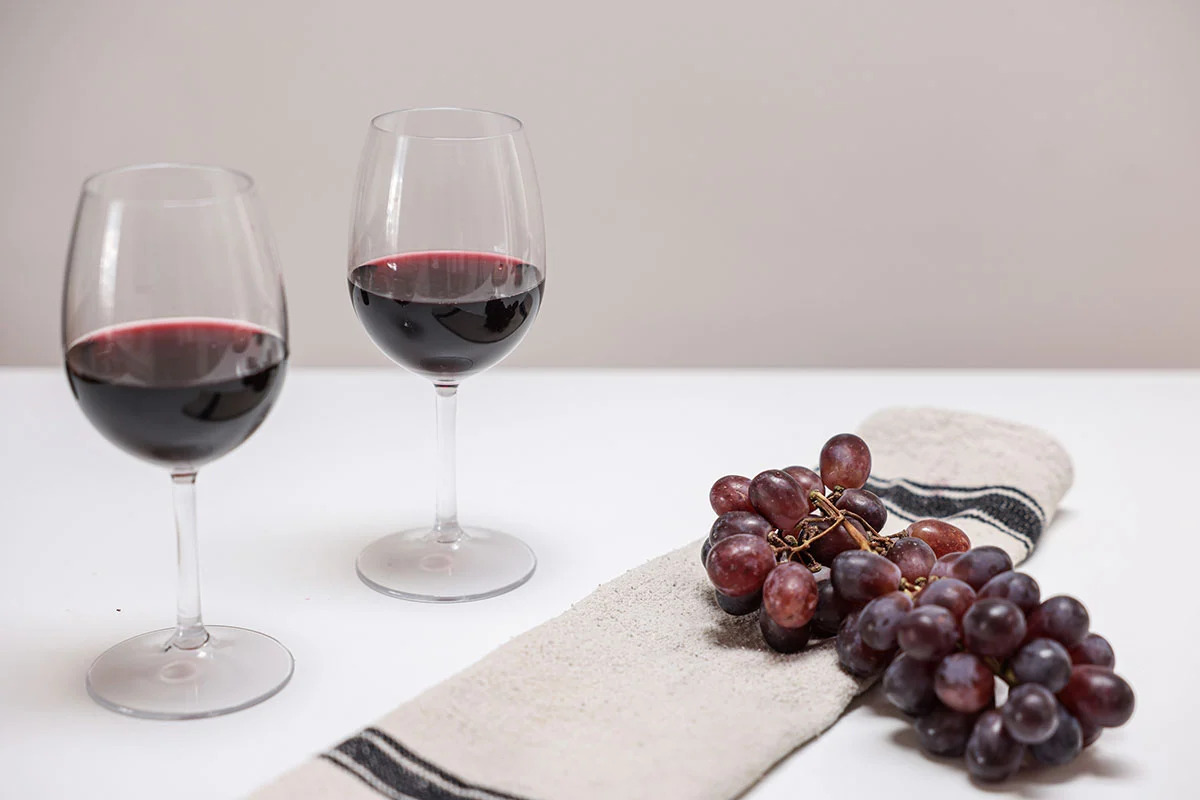
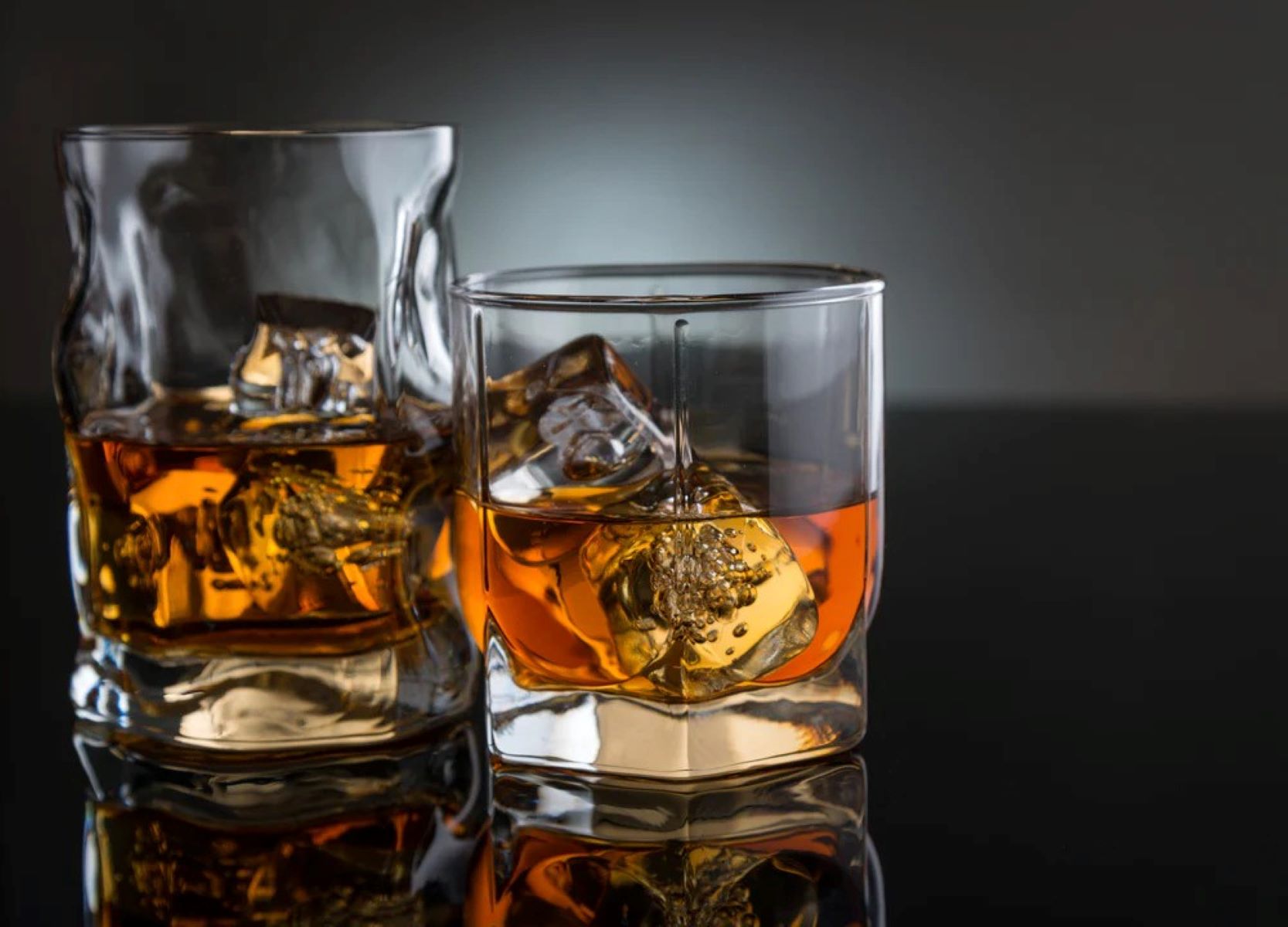

0 thoughts on “How Many Calories Is A Glass Of White Zin?”